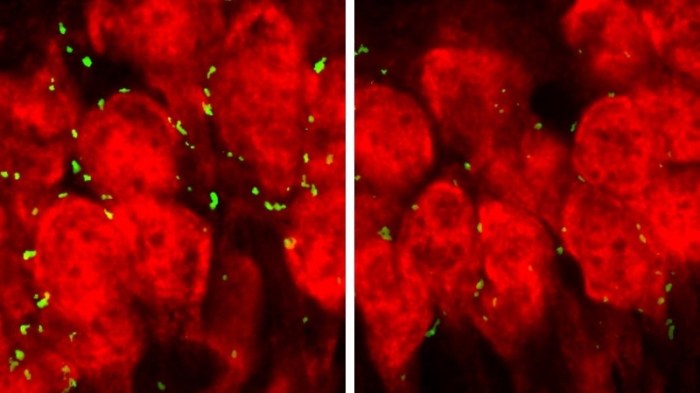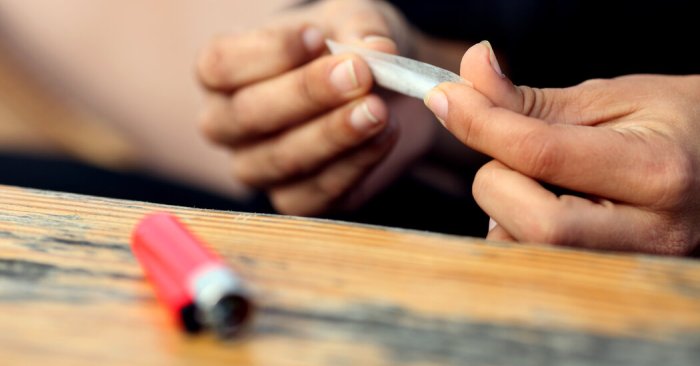Teenage brains are malleable and vulnerable – Teenage brains are in a state of constant flux, shaped by both positive and negative experiences. This malleability makes them vulnerable to external influences, but it also provides an opportunity for educators and parents to foster positive development.
Neuroplasticity, the brain’s ability to change and adapt, is at its peak during adolescence. This means that experiences during this time can have a lasting impact on brain structure and function. Positive experiences, such as learning new skills or forming strong relationships, can promote healthy brain development.
Negative experiences, such as trauma or substance abuse, can have detrimental effects.
Neuroplasticity and Malleability

Neuroplasticity, the brain’s ability to adapt and change in response to experiences, plays a crucial role in teenage brain development. During adolescence, the brain undergoes significant structural and functional changes, making it highly malleable and receptive to new experiences. Positive experiences, such as education and social interactions, can strengthen neural connections and promote healthy brain development, while negative experiences, such as trauma or substance abuse, can lead to maladaptive changes.
Examples of Neuroplasticity’s Influence
- Learning: Neuroplasticity allows teenagers to acquire new knowledge and skills by forming new neural pathways.
- Memory: Experiences shape memory formation, with positive experiences strengthening memory circuits while negative experiences can impair memory consolidation.
- Decision-making: The prefrontal cortex, responsible for decision-making, develops rapidly during adolescence, allowing teenagers to improve their judgment and make more informed choices.
Vulnerability to External Influences

Teenage brains are particularly susceptible to external influences due to ongoing neurodevelopmental processes. Peer pressure, social media, and substance use can significantly impact brain development and mental health.
Neurobiological Factors Contributing to Vulnerability
- Immature prefrontal cortex: The prefrontal cortex, which regulates impulses and decision-making, is still developing in teenagers, making them more vulnerable to impulsive behaviors and risk-taking.
- Increased reward sensitivity: The reward system in the brain is highly active during adolescence, making teenagers more susceptible to the pleasurable effects of substances and risky behaviors.
Evidence-Based Examples of External Influences
- Peer pressure: Studies show that peer pressure can influence teenagers’ smoking, drinking, and drug use.
- Substance abuse: Substance use can disrupt neurodevelopment, leading to cognitive impairment and mental health problems.
Implications for Education and Parenting: Teenage Brains Are Malleable And Vulnerable

Understanding the malleability and vulnerability of teenage brains can guide educational practices and parenting strategies.
Positive Brain Development and Mitigating Risks
- Education: Educators can foster positive brain development by providing stimulating learning environments, promoting critical thinking, and encouraging healthy social interactions.
- Parenting: Parents can support their teenagers’ brain development by providing a nurturing and supportive environment, setting clear boundaries, and monitoring their activities.
Creating Supportive Environments
Creating supportive environments for teenagers is essential for their overall well-being. This includes providing access to mental health services, promoting positive peer relationships, and reducing exposure to harmful influences.
Mental Health Considerations
Teenage years are often characterized by unique mental health challenges, including increased rates of depression, anxiety, and substance abuse.
Malleability and Vulnerability’s Contribution, Teenage brains are malleable and vulnerable
The malleability and vulnerability of teenage brains make them more susceptible to developing mental health problems. Negative experiences, such as trauma or stress, can disrupt neurodevelopment and increase the risk of mental illness.
Recommendations for Support
- Early intervention: Early identification and intervention are crucial for preventing and treating mental health problems in teenagers.
- Support services: Access to mental health services, such as therapy and counseling, is essential for supporting teenagers’ mental well-being.
Detailed FAQs
How can I support my teenager’s brain development?
Provide a supportive and nurturing environment, encourage positive experiences, and limit exposure to negative influences.
What are the signs of mental health problems in teenagers?
Changes in mood, behavior, or sleep patterns; withdrawal from social activities; and thoughts of self-harm or suicide.
What can I do if I think my teenager is struggling with mental health problems?
Talk to your teenager, seek professional help, and provide support and understanding.